The Oregon Department of Transportation (ODOT) is facing a financial crisis—but not for the reasons lawmakers and the agency claim. Blaming fuel-efficient cars and electric vehicles for declining gas tax revenues is a convenient distraction from the real issue: excessive spending and bloated infrastructure projects that have spiraled far beyond their original budgets.
In truth, motor fuel tax revenues have increased by $73 million over the past five years. That’s right—revenues are up, not down. Yet, ODOT and Governor Tina Kotek are pushing for tax increases in the upcoming special legislative session. But more money won’t solve the root cause of ODOT’s dysfunction. The problem isn’t revenue. It’s runaway spending.
Mega-Projects, Mega-Problems
The most glaring example of this fiscal mismanagement is the Interstate 5 Rose Quarter widening project in Portland. Initially estimated at $450 million in 2017, the cost has now quadrupled to $2.1 billion. Similarly, the I-205 Abernethy Bridge in Clackamas County has ballooned from $250 million to $815 million, and ODOT warns that number may still climb.
The proposed I-5 Interstate Bridge Replacement is yet another red flag. Once projected at $7.5 billion, the cost is now expected to exceed $9 billion, though ODOT has repeatedly missed its own deadlines to release updated estimates.
These are not minor accounting errors. These are multi-billion-dollar discrepancies, enabled by underestimated project costs, overly optimistic revenue forecasts, and a willingness to pile on debt when reality doesn’t cooperate. ODOT has already added $270 million in short-term debt, to be paid with future gas tax dollars. It has even diverted $100 million from bridge preservation efforts to cover project overruns.
Neglecting the Basics
While mega-projects continue to absorb a disproportionate share of funds, basic infrastructure needs are being neglected. Snowplowing, pothole repair, and bridge maintenance have been put on the back burner. Oregon is now saddled with a massive backlog of maintenance work, and the Legislature, rather than holding ODOT accountable, has enabled this misallocation of funds.
The agency is even sending layoff notices to employees while still charging ahead with the unfunded Rose Quarter project, which recently lost over $400 million in federal funding and is facing a $1.5 billion funding gap. For an agency in financial distress, continuing to pursue such a project is the equivalent of a laid-off worker buying a luxury pickup truck.
ODOT insists it can’t use construction project dollars for operations and maintenance, but that’s only half the story. The agency has frequently used discretionary and flexible funds—including money reallocated from maintenance—for its construction agenda. For instance, although the Legislature didn’t allocate any money for the Abernethy Bridge in 2017, ODOT still managed to pull together $50 million to get it underway.
A Legislative Solution
The Legislature has the power to fix this. It could, with a simple policy change, grant ODOT the flexibility to reassign state dollars from underfunded construction projects to urgent maintenance needs. Doing so would prioritize the upkeep of existing roads and bridges and bring the agency’s spending more in line with its core responsibilities.
Time to Hit the Brakes on Mega-Projects
Now is the time for a moratorium on highway mega-projects until ODOT can demonstrate responsible stewardship. That means:
-
“Right-sizing” projects rather than allowing them to grow unchecked
-
Requiring fully secured funding before breaking ground
-
Demanding credible, defensible cost estimates
-
Passing legislation to ensure preservation and maintenance take precedence over expansion
And if the Legislature does decide to raise transportation taxes or fees, that money should be strictly directed toward local governments and transit agencies, and earmarked for restoring essential services—plowing roads, filling potholes, running buses—not for digging financial holes with billion-dollar highways.
Final Thoughts
ODOT’s fiscal woes are not the product of declining revenue streams, but of poor planning, weak oversight, and misplaced priorities. Oregon’s transportation future doesn’t need more taxes—it needs more accountability. Before asking taxpayers for another dime, ODOT must clean up its spending habits and refocus on the basics that serve all Oregonians.
Only then can we trust that additional funding will truly pave the way for a better, safer, and more efficient transportation system.

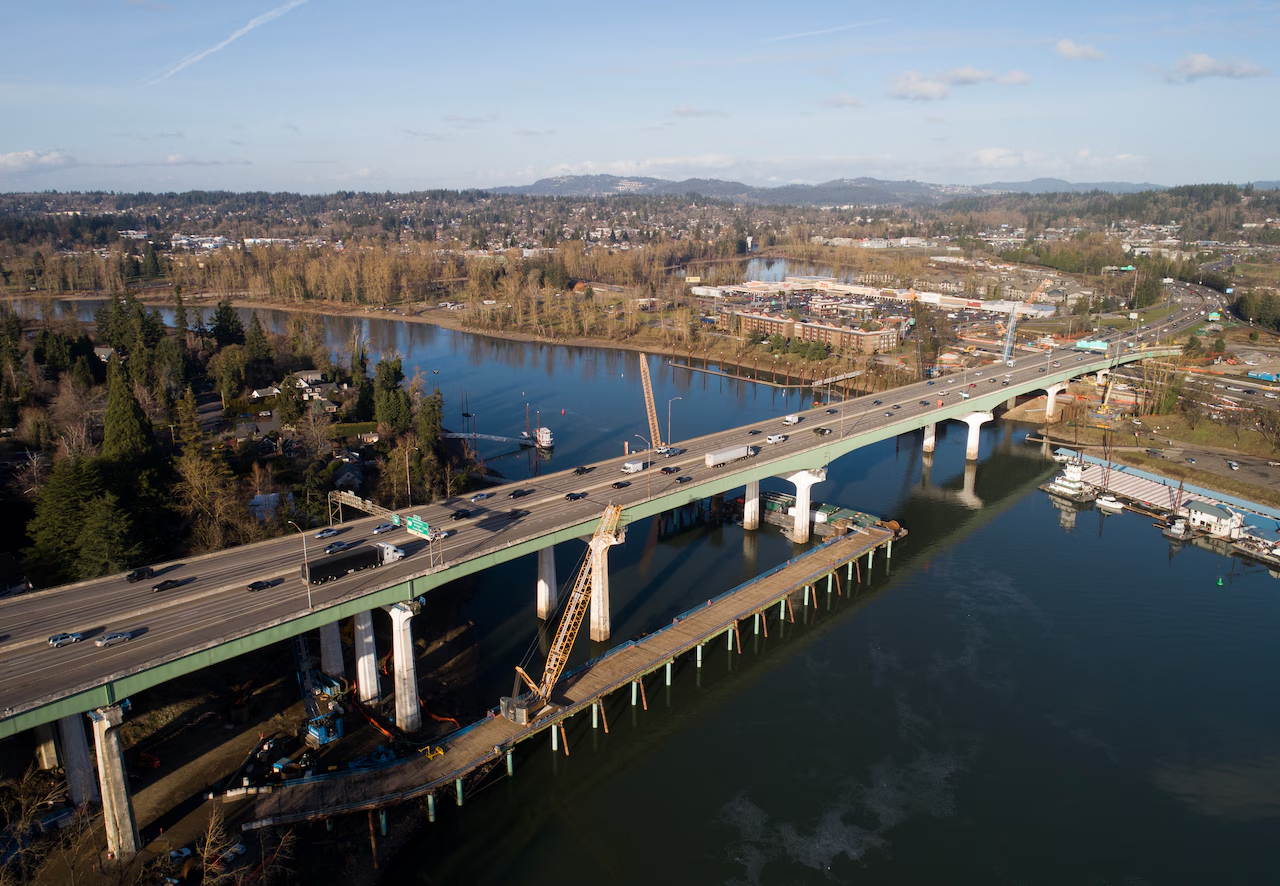

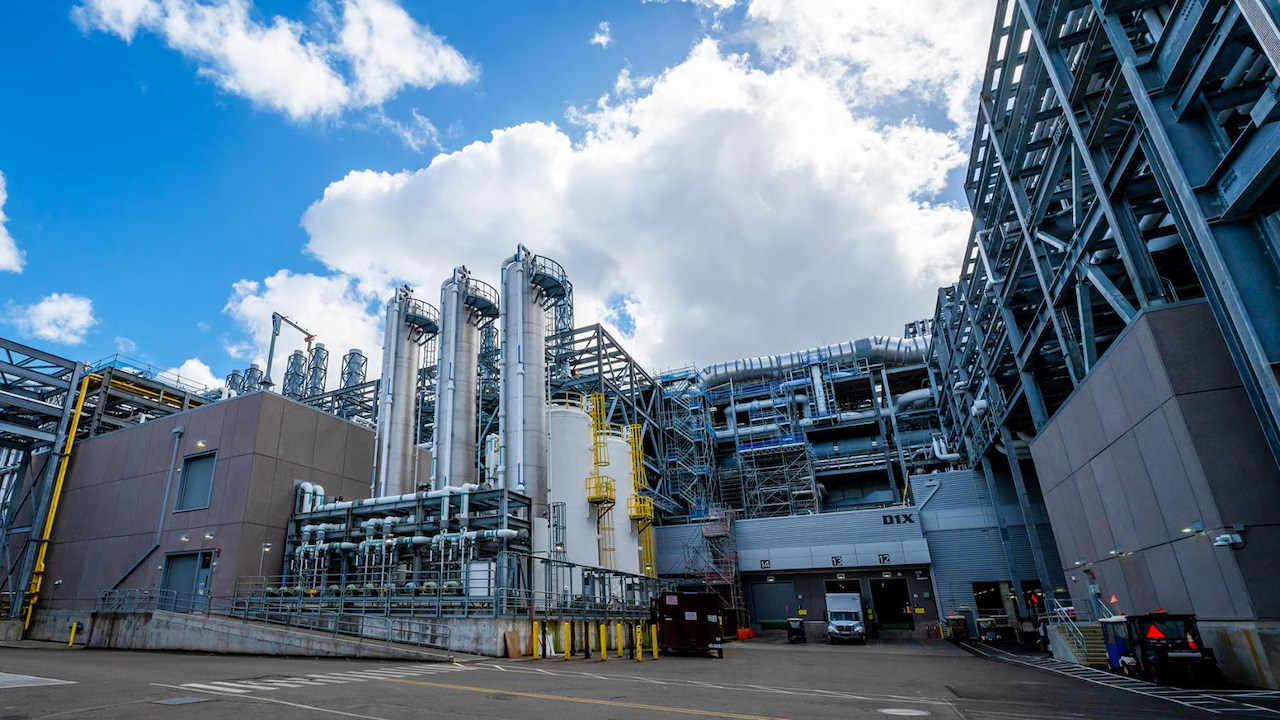




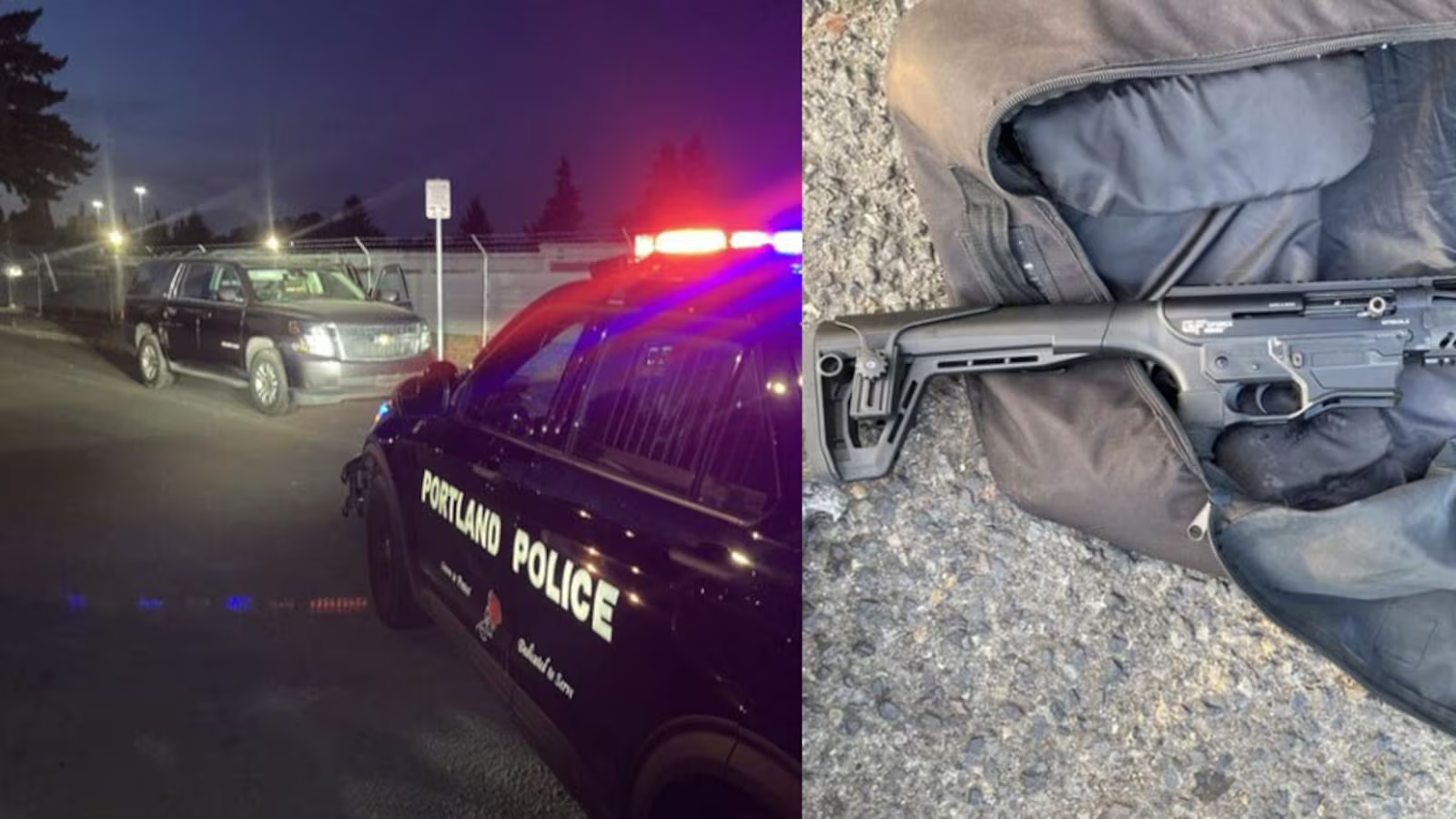


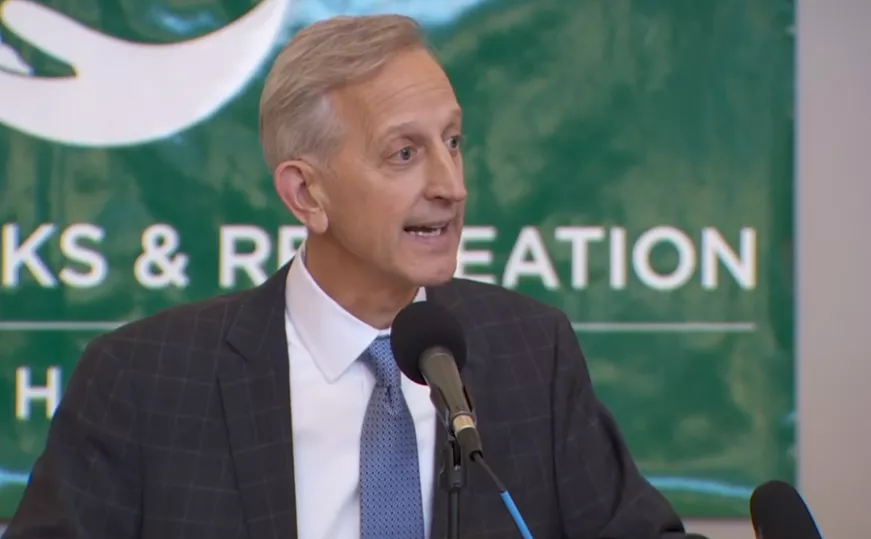

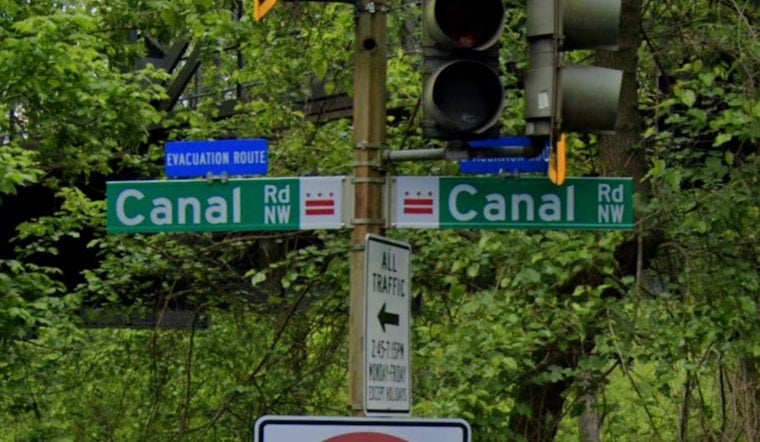
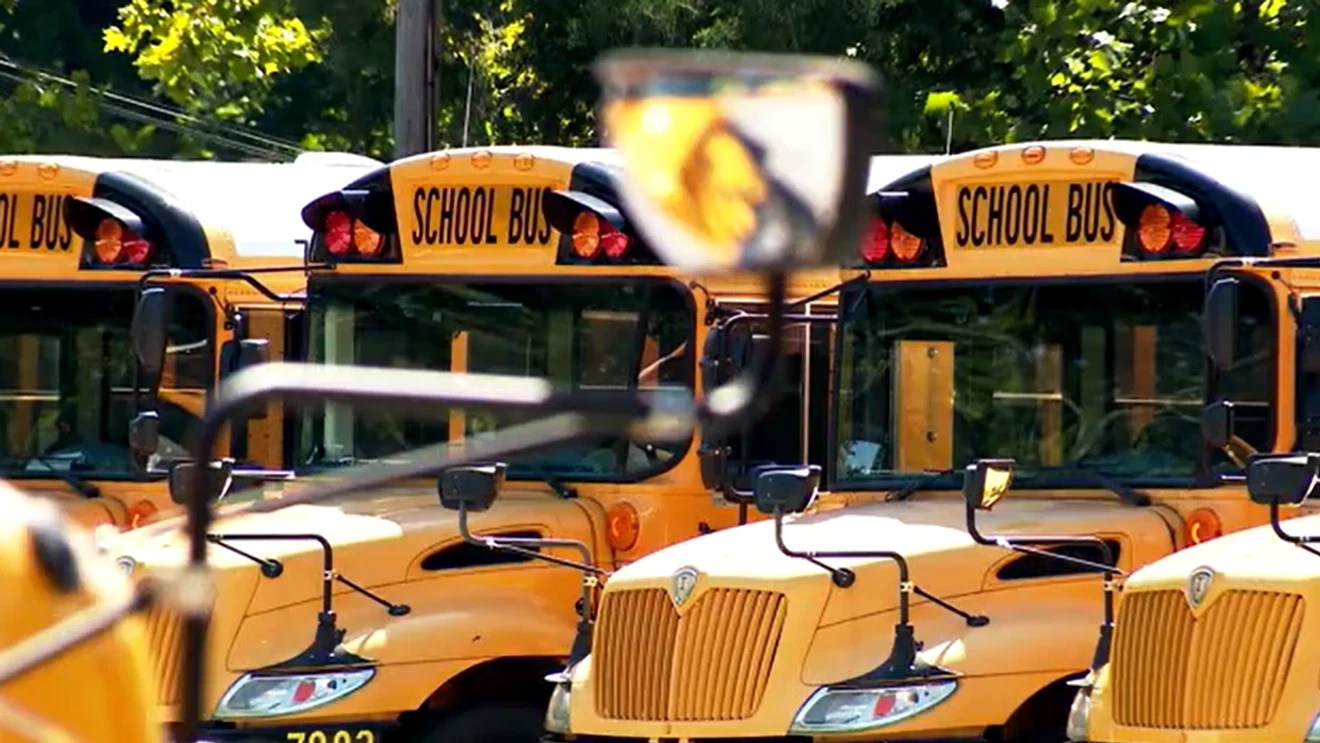

Leave a Reply